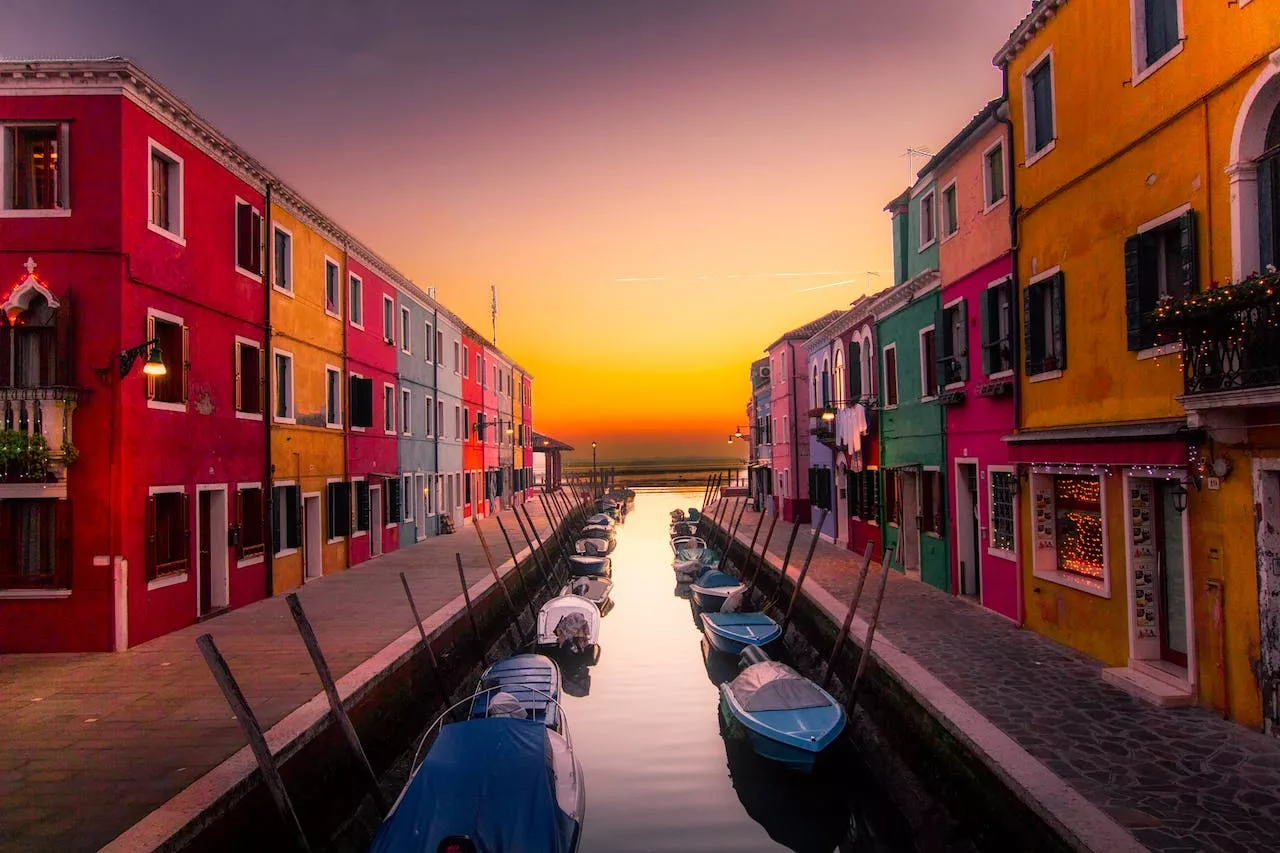Your cart is currently empty!

These Are The Only 5 Countries Without Airports
We’re sure that when you clicked on this topic, you had your doubts. And really. In the fast-paced realm of global aviation, are there any countries with no airports? Is it indeed a fact? Well, it is true. In this post, we give you the top 5 countries without airports.
What may seem like a paradoxical equivalent of a rainforest in a desert, several countries don’t have airports. And just like you, we honestly have some questions. So, how do they get around? Do they have secret teleportation devices? Have they just really mastered the art of carpooling? So, without airports, does this mean they have, like “ transcontinental bus rides”?
The absence of airports in these countries isn’t a matter of choice. Rather, it comes down to one factor: geographical limitation. Since they don’t have airports, they are forced to rely on alternative means of transportation. By adopting their unique ways of getting around, these countries prove that airports aren’t the only gateway to the world. You can still travel to countries with no airports. You’ll just have to find an alternative way to get there.
We’ve put together the top 5 countries without airports.
Monaco
At the very top of our list is Monaco. Often called the “playground” of the rich and famous, Monaco holds the title of “the world’s second-smallest nation.” To put it into perspective, Monaco is smaller than Vatican City. Located along the French Riviera, Monaco is among the best places to visit. But, there is a twist – Monaco doesn’t have an airport.
Because Monaco is so encircled by France – on three sides actually – you might even wonder how to get there. That’s where things get interesting. To travel to Monaco, travelers must first fly to France’s Nice Côte d’Azur Airport, and then arrange alternative transport from there.
While some travelers opt for a taxi ride to Monaco along the scenic coastline, we prefer catching a boat for a more “aquatic approach” to Monaco’s shores.
San Marino
Our next entry takes us to the state of San Marino, the heart of Italy. San Marino is known to be one of the world’s oldest sovereign states. This is even evident from the topography and old buildings in the state. As such, San Marino enjoys a rich history, making it a top spot for history enthusiasts. However, San Marino doesn’t have an airport.
This absence is because of the nation’s compact size and lack of sea access. So how do people travel there? By road. That’s right. The country’s relatively flat terrain has an extensive network of roads. Besides facilitating movement within San Marino, these road networks also connect San Marino to other parts of Italy.
For those folks hoping to explore the streets of San Marino, use the Airport in Rimini, Italy. It’s the nearest airport to San Marino. While Rimini’s airport might not be the largest, it plays a crucial role as a transportation hub. Other travelers also use airports in Bologna, Florence, Venice, and Pisa.
Liechtenstein
Our third entry takes us to the breathtaking landscapes of the Alps, to a place called Liechtenstein. This nation is known for its rolling hills and gentle slopes, which offer a great backdrop. But, of course, Liechtenstein doesn’t have an airport.
With a perimeter of just under 75 kilometers, Liechtenstein is incredibly compact. And this compact size doesn’t leave enough room for airports. If Liechtenstein had ever considered establishing an airport, it would likely have had to intrude on the territory. An airport would potentially have to partially cross over the Rhine River to the east and approach the Austrian mountains to the west.
To avoid any conflicts associated with this, Liechtenstein forwent the whole airport idea. So how do people travel up and about? Because the nation doesn’t have a single airport, Liechtenstein residents and travelers use a network of cars and buses to travel. Anyone hoping to fly in and out of Liechtenstein uses the Zürich Airport. And that’s about 120 kilometers away.
Vatican City
Our next stop takes us to the Vatican City. Known as the heart of spirituality and history, Vatican City receives thousands of travelers every year. Aside from being the smallest city, it’s also the most unique. Vatican City’s population is approximately 800 residents. The city is so compact that there isn’t enough room for an airport. Another interesting fact is that Vatican City doesn’t have any rivers or bodies of water to at least facilitate transport.
In Vatican City, you’ll find that the entire nation can be traversed entirely on foot. It’s a testament to the country’s minuscule size and rich history that spans centuries.
If you want to visit Vatican City, you can fly in through neighboring airports, such as the Fiumicino and Ciampino, both located in Rome, Italy. The best part is that both of these airports are only 30 minutes away by train.
Andorra
Our Top 5 journey ends with a visit to the stunning Principality of Andorra. It’s a beautiful place that attracts tourists from all over the world. But, while it’s not as compact as the other aforementioned spots, Andorra faces a geographical challenge – its mountainous terrain.
Andorra is located right between France and Spain and is entirely encircled by the majestic Pyrenees mountain range. And not just any mountain range. The Pyrenees mountain range features peaks that reach nearly 3000 meters in height. Operating an aircraft at such a high is risky. As such, Andorra decided to forgo its airport.
Without an airport in Andorra, travelers fly to nearby airports, such as Lérida, Barcelona, or Girona, all located within a 200-kilometer radius. These cities serve as gateways to Andorra’s stunning landscape and great vacation spots. You can take one of our favorite wanderlust wheels and enjoy a road trip.
Author Details

Our Team
Hi there! Welcome to Flagship Drive.
I’m Wilfred Nkhwazi, a passionate car lover from Africa. I created this platform to share expert insights, honest reviews, and a fresh perspective on the latest cars and automotive trends. Let’s hit the road together.
Advertisement

Recent News

